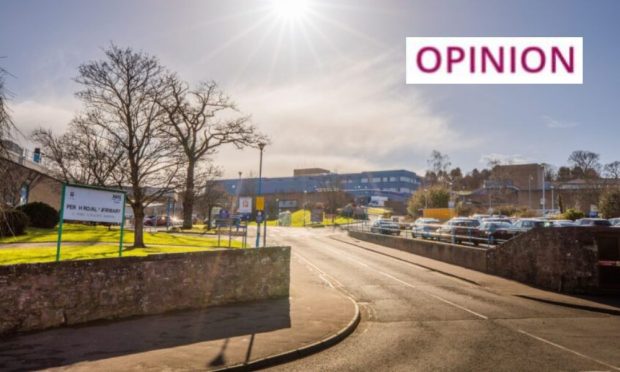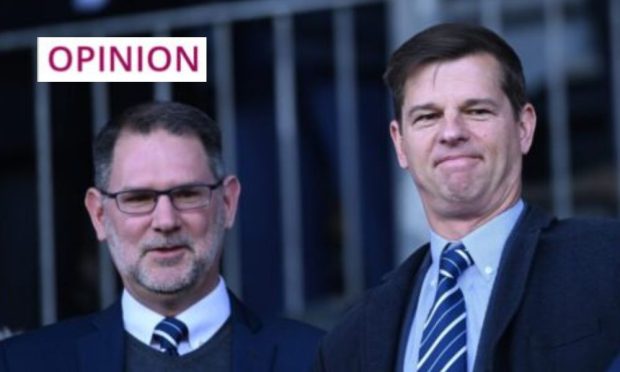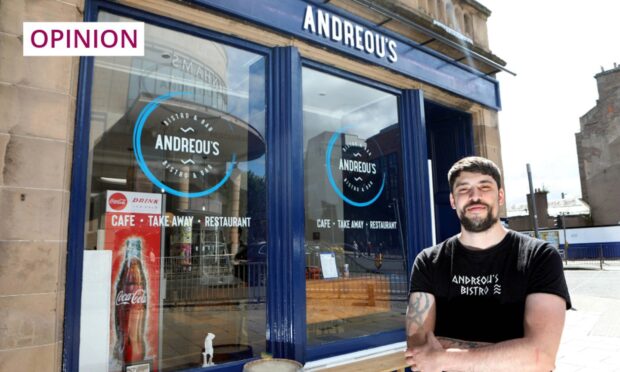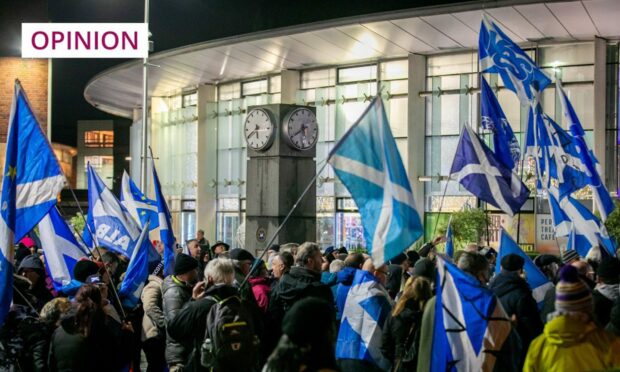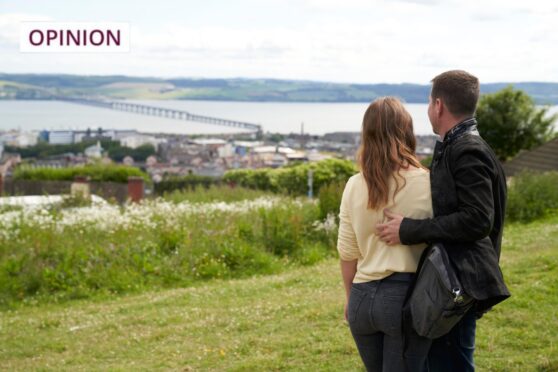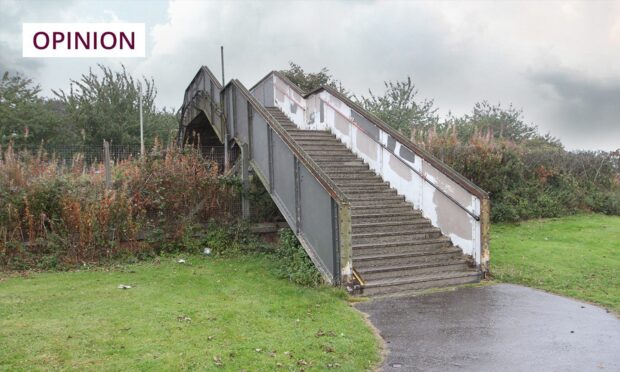Sir, – Covid-19 “herd immunity” is the latest fashionable “liberal” political scapegoat.
What on earth is wrong with the greatest number of people being immune?
Is that not what mass vaccination achieves?
What they are really arguing about is the most effective way to achieve the “holy grail” of epidemiology while a vaccine is unavailable.
Test, trace and isolate are the methods used by the most successful countries which also have well-funded national health, social care and public health services together with sizeable, home-grown and controlled pharmaceutical, diagnostic, therapeutic and medical equipment industries instead of, as in Britain’s case, creaking, criminally and deliberately run-down services, starved of investment over decades in pursuit of privatisation and a fast buck.
China’s success resulted from its centralised planning system and commitment to early lockdown and social distancing.
South Korea’s success from its experience during the Mers epidemic and Germany’s success from its industrial capacity.
Britain’s slow response, given China’s gift to the world of eight weeks’ notice, was due to its unforgivable dithering between effective public health protection and concern about the pandemic’s effect on the national economy.
Government decisions were eventually taken but planning for workforce protection in health and social care, public transport and food distribution was woefully inadequate and current preventative measures among the wider public are so far behind the curve that a second wave of the disease still remains an extremely dangerous possibility for much of our population.
Demands to ease or end current lockdown and social distancing measures are driven by the interests of big business.
Having been denied their opportunities to realise surplus value from their workforce for almost six weeks they are now trembling at the reality of lost business and profit.
Raymond Mennie.
49 Ashbank Road,
Dundee.
Protecting the population
Sir, – After a commendable consensus among the political parties in Holyrood, when the Covid 19 virus first started to really take a grip, it is disappointing, but not surprising, to see the Tories breaking the truce and begin their usual sniping at the Scottish Government, and Nicola Sturgeon in particular.
What is the reason behind this sudden galvanising of pro-unionists?
Is it because they fear that Scotland will look at the shambles which is the UK’s response and conclude we would be better off independent?
That Scotland is considered unimportant by Westminster is all too apparent by the fact that PPE suppliers were advised not to sell to Scotland and that there are no specifically Scottish bulletins on the BBC radio news .
Scotland has had many deaths – each of them a tragedy. But we have had fewer deaths, even proportionally, than in England.
Thanks for this are due to the sterling efforts of our Scottish NHS, but also to measures that our devolved government have been able to take.
However, countries of a similar size and population to Scotland have been able to keep their number of deaths down still further.
The difference is of course that as independent countries they were able to react quicker and more efficiently.
Perhaps Scotland would have been in the same situation, had we been independent and free to plan and make decisions to protect our population.
Jane Phillips.
14 Yewbank Avenue,
Broughty Ferry.
Air quality in care homes
Sir, – With years of befriending mature and interesting folks in care homes, I have often sensed an atmosphere of “stuffiness”, which can be a result of inadequate, or inefficient air-conditioning.
Having years of experience with industrial air conditioning systems, I am able to distinguish between straightforward central heating and fit-for-purpose ventilation systems.
While some care-homes are heated to statutory requirements, in some establishments effective air-filtration/circulation is poor or even non-existent.
The cost of installing and maintaining efficient equipment to prevent the spread of viral infections would surely be less than the costs being incurred due to the ongoing coronavirus crisis.
I urge the authorities concerned to investigate accordingly.
Kenneth Miln.
6 Swallow Apartments,
Union St, Monifieth.
Nationalising care homes
Sir, – The enormous problems now being experienced in care homes across Scotland are very concerning.
There appears to have been a lack of protective clothing equipment from the start and therefore a lack of preparation for the impact of Covid-19.
The patients and staff appear to be very vulnerable. I am sure many are scared, as will be their relatives and friends.
Is this the time to consider the nationalisation of care homes, perhaps bringing them into the management structure of the social services?
Norma McGovern.
37 Forthill Road,
Broughty Ferry.
Lockdown is breaking in city
Sir, – It would appear that Dundee is leading the way out of lockdown instead of staying in it. Scenes in London and other big cities around the country show empty streets with no vehicle movements to be seen.
Dundee, on the contrary, seems to be bucking the trend.
In a 10-minute walk along Kings Cross Road for some daily exercise, I noted over 100 vehicles passed me. That equates to 600 vehicles an hour.
This is not a one-off, as each time I have gone for a walk it is the same volume of traffic.
Either we are in lockdown or we are not and it would seem to a lot of residents of the city it would appear we are not.
How are we to protect frontline services from being overwhelmed if this sort of activity takes place on a daily basis?
Stewart Dodd.
15 Harefield Avenue,
Dundee.
Don’t follow the USA’s example
Sir, – Today, I received a video from the USA, that describes their situation well.
Some states use science and data as the base of their relaxation policy for lockdown.
Others are basing their relaxation policy on tweets or hashtags.
The virus knows no borders, so it crosses easily between the two, destroying any benefit derived from social distancing, masks, hand washing etc.
The infection rate of the least stringent state determines the level of both. With the commentary and actions of some of the state governors, and the president, it is clear the US economy is more important than their senior citizens, the most vulnerable group.
With the president ‘devolving’ the decision-making to state governors, he is absolving himself from responsibility of what happens next.
He is providing no worthwhile presidential value, whereas previous presidents have shouldered the burden of war and terrorism without complaint.
Lets not go down the ‘rush to the lowest, easiest route’, just to get the economy started.
Alistair Ballantyne.
Birkhill,
Angus.



